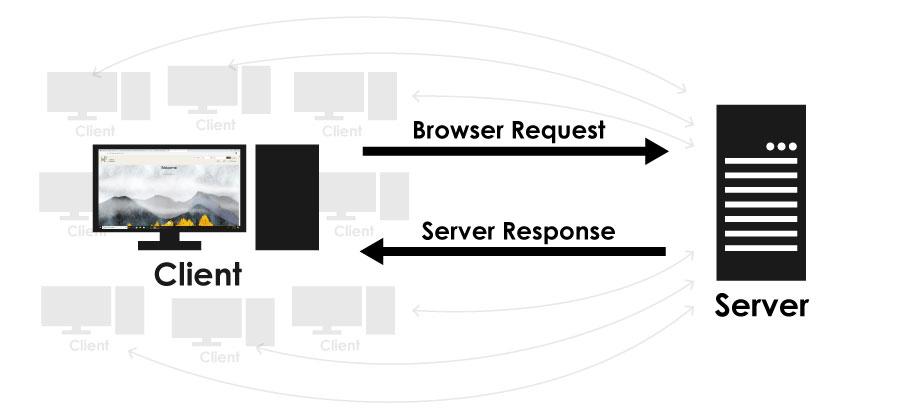The Client/Server Model
The Client/Server Model is a distributed application structure that divides tasks or workloads between providers (servers) and requestors (clients). A client does not share any of its resources, but requests a server's content or service function. lients therefore initiate communication sessions with servers which await incoming requests.

Examples of computer applications that use the client–server model are Email, network printing, and the World Wide Web. While both the client and server porgrams can reside on the same computer, typically they run on different computers. It's common for a server to handle requests from multiple clients.